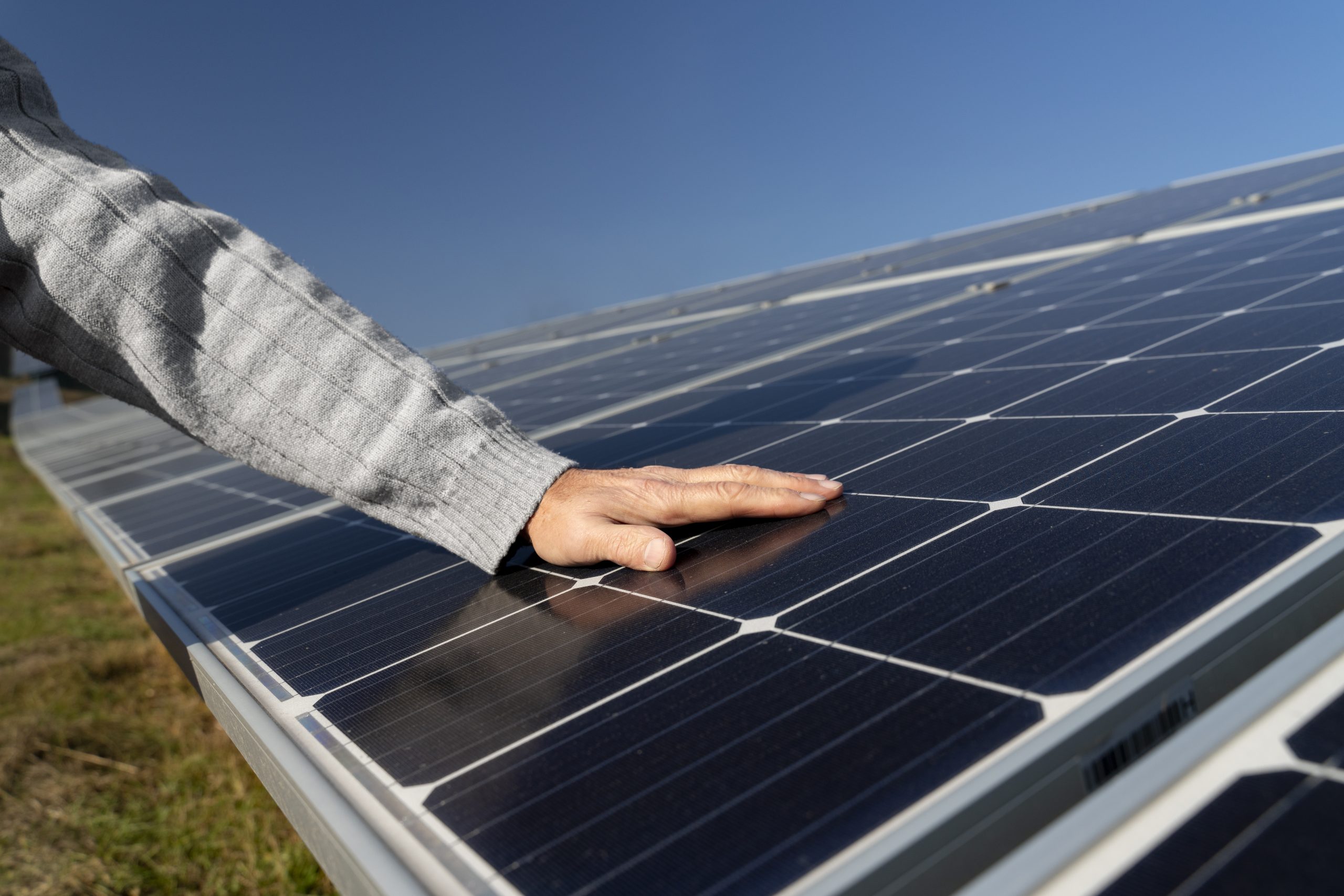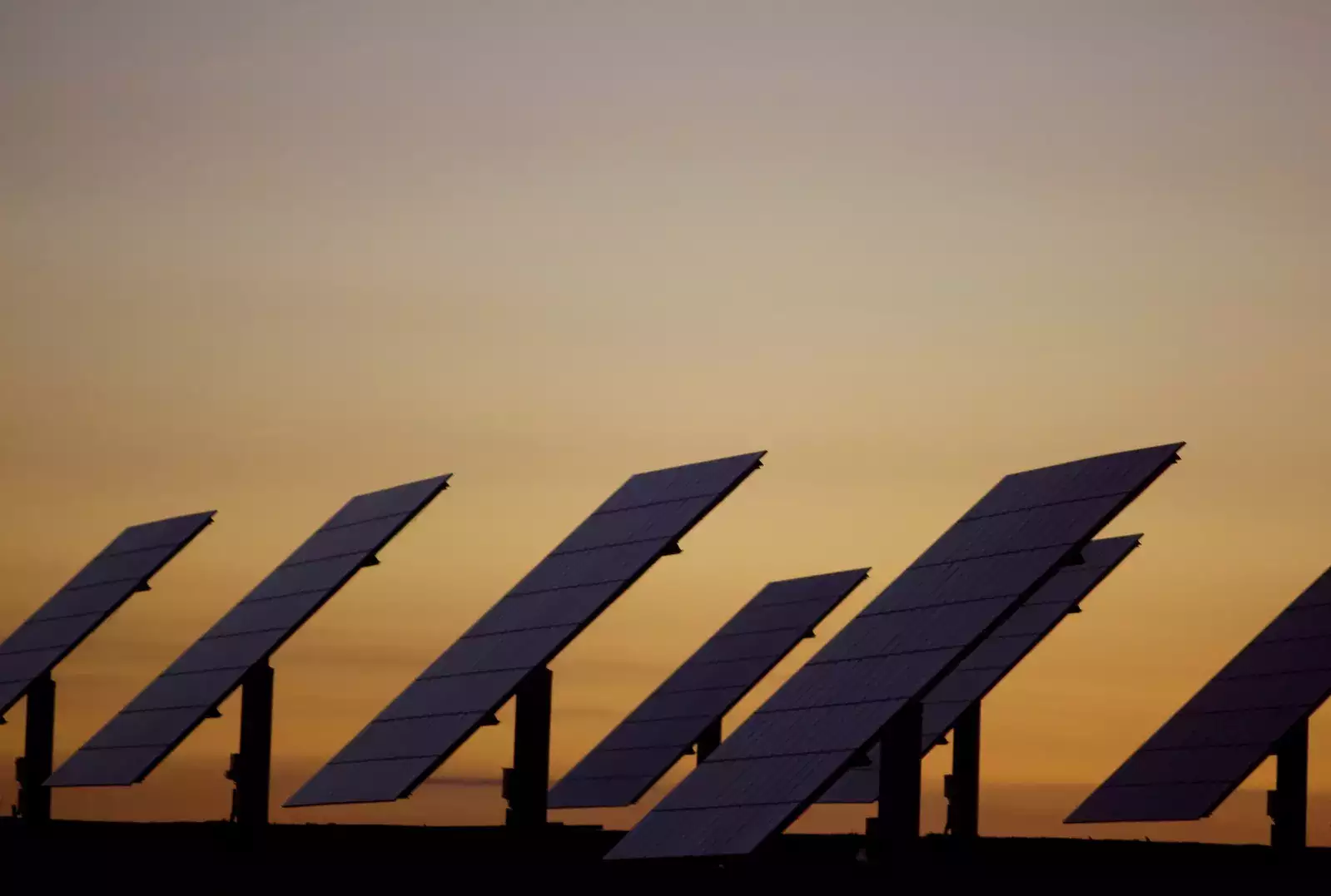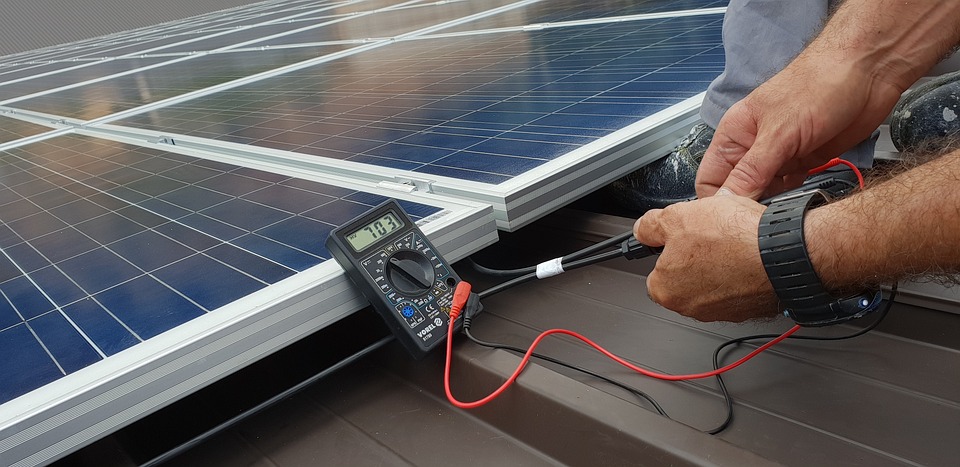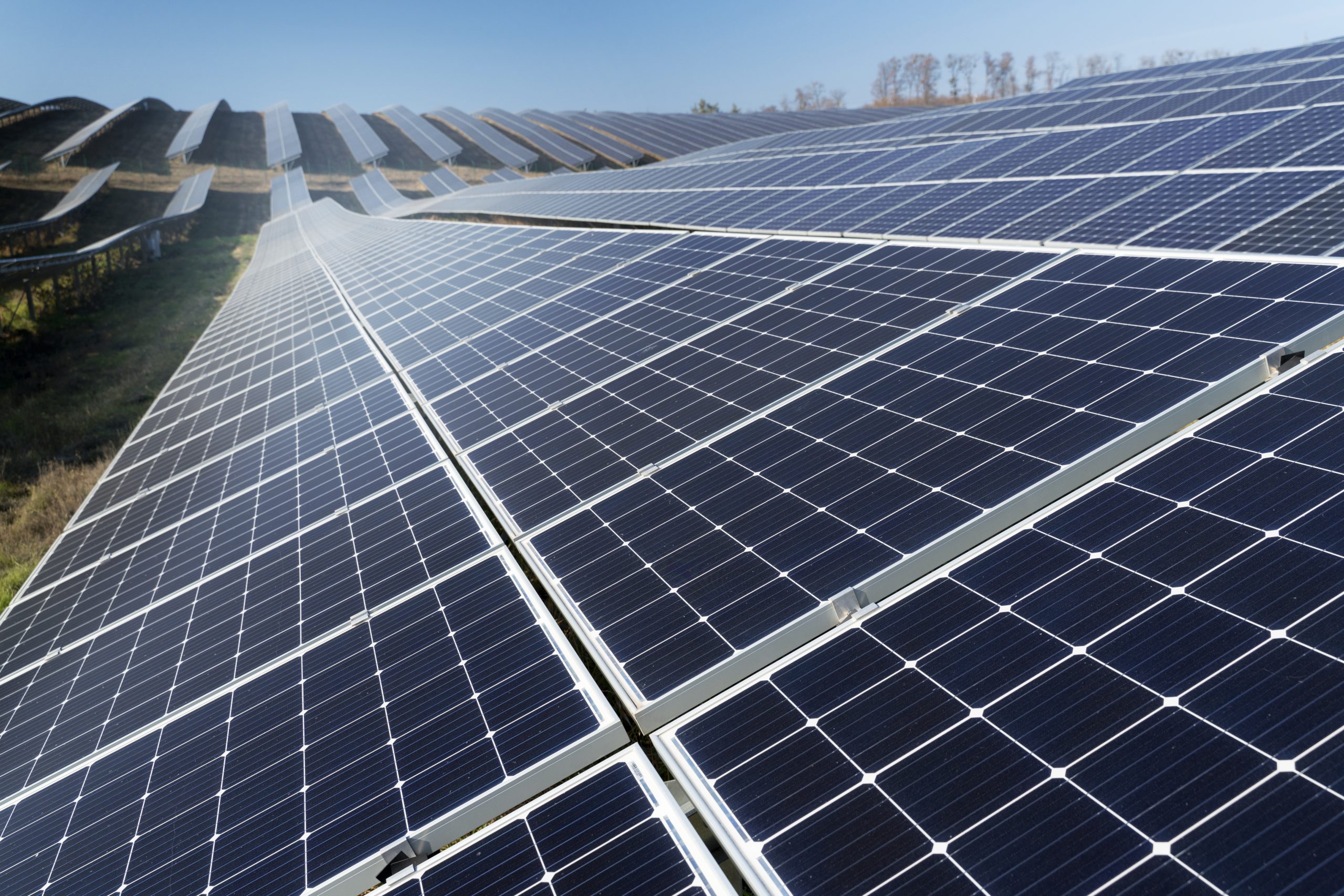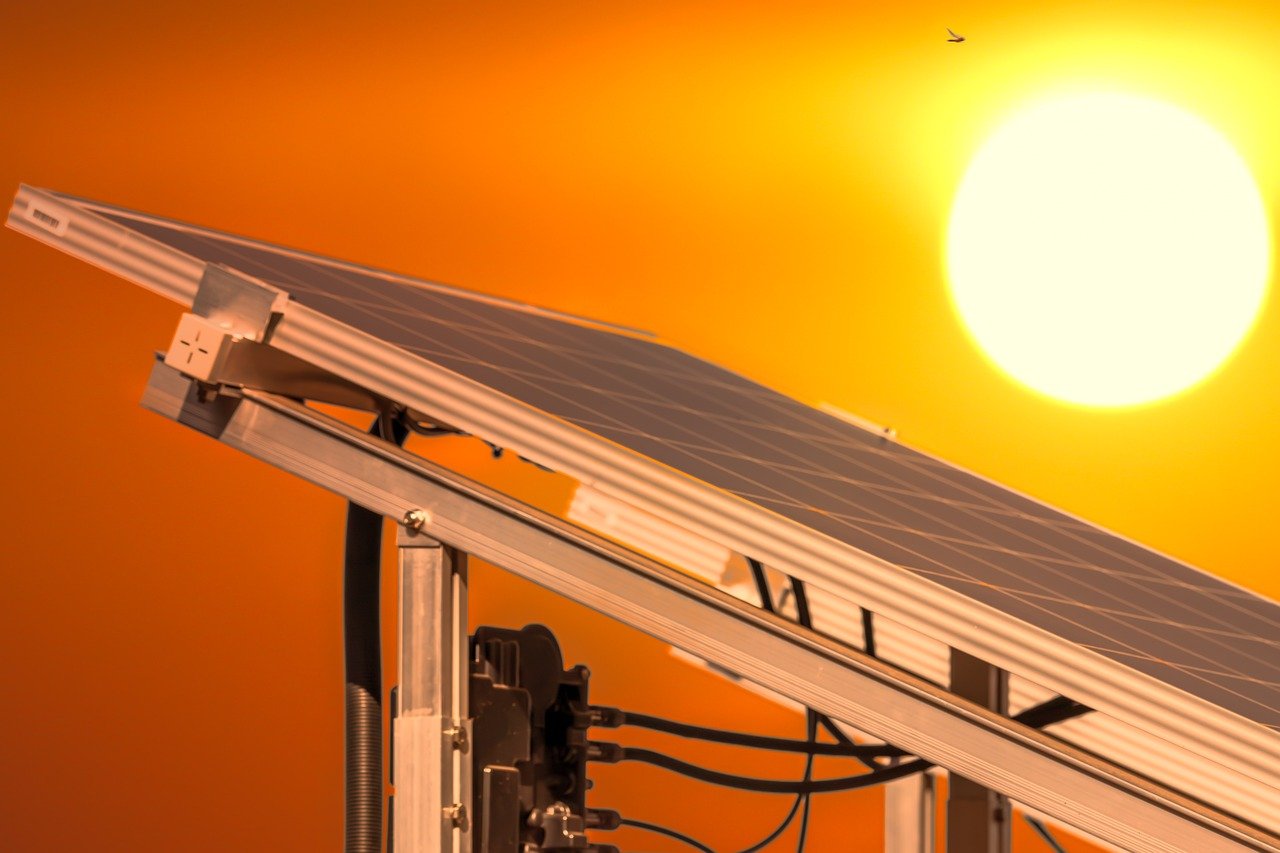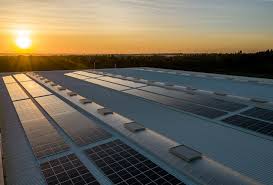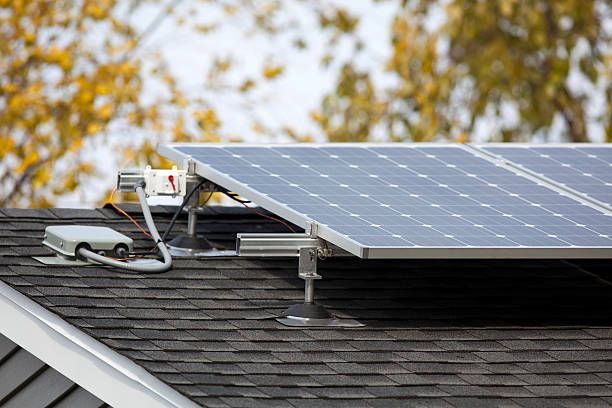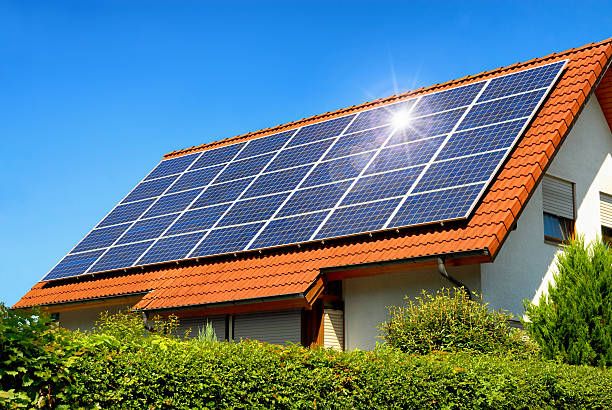To ensure that the business runs smoothly, it is necessary that the business model (and hence the cash flow) is correctly designed and implemented. An important indicator of successful business is the Return of Investment (RoI) of its assets (Figure 1). For a solar power plant where more than half of its investment cost is dependent on solar module, it is important that they (solar module) perform to their maximum. The performance of solar module can be gauged by the amount of energy (Wh) it produces over a specific period of time. However, due to different solar module design and efficiencies, it is easier to evaluate the performance (and hence their capability) of various solar modules by determining its specific energy yield (kWh/kWp) (i.e. by dividing the absolute yield (kWh) to its power output PSTC (kWp)). This specific yield while thought to be constant is dependent on few factors which dictate the output of solar panels (and hence it'sRoI). This article hence aims to explain such factors and their effects to its readers.

Figure 1: Cash flow for a sample solar power plant
There are few controllable and uncontrollable factors that affect the specific yield in a fixed and/or variable amount. They are explained as below:
- Low irradiance behavior: The specific energy yield of a solar module is determined considering the standard irradiance of 1000 W/m2. However, it is not always the case that the irradiation remains same and also for many days the irradiance doesn't even touch 1000 W/m2. Additionally, the irradiance varies daily, hourly and even after few minutes (depending on the clouds). This affects the generation from the solar module. The Figure 2 below shows the variation of power output with varying irradiation. It can be seen that the output power from solar module decreases with the decrease in solar irradiance. Such decrease would lead to decrease in specific energy yield (due to less energy generation from the same amount of module capacity). Additionally, such variation in irradiance is continuous over the entire day. This leads to further variation (and mostly reduction) in the specific yield.

Figure 2: Effect of irradiation on power output of solar module (Source: Waaree Energies)
- Spectral response: The sun as we know emits all the kinds of radiation (i.e. Infrared, Visible and Ultraviolet radiation). Outside the earth's atmosphere, the light is assumed to have travelled directly towards earth without any deflection and is termed as Air mass zero (AM 0). Air mass can be defined as secant or inverse of cosine of an angle "Ɵ° which is formed between the incident light and the zenith of the surface. After entering the earth's atmosphere, the incident light is deflected via interaction with suspended particles, clouds, water molecules etc. Hence, not all the light reaching the earth's surface is direct (from the sun) but is a mixture of direct and diffused radiation. Considering above factors a standard spectrum for testing is formulated and termed as AM 1.5G(also known as global radiation). However, as the sun changes its position w.r.to earth, the AM and the intensity of light falling on the solar panel changes continuously. Additionally, such radiation changes with respect to change in location. Such changes are responsible for continuously varying output and hence there is constant change in energy yield.

Figure 3: Definition of Air Mass (Source: PV Education)
- Nominal power and Electrical stability: While nominal power and electrical stability are two separate investigating parameters, it has lately been found that these two components are closely related to each other. The solar module is made up of different materials based on various processes. While on field these module face a variety of stress which lead to (in most of the cases) change in the electrical parameters of the solar module. This change would lead the module to deviate from its nominal (or rated) power output. According to various experiments, a deviation (mostly negative) from -0.5% to as high as 5~6% per year has been observed in standard solar modules. Such field deviations cause a significant change in the energy yield of the module.
- Effect of temperature: The last and probably the most uncontrollable factor affecting the yield of a solar module is its operating temperature. Due to varying climatic conditions, the variation in temperature is quiet huge. An overall effect of temperature can be visualized from Figure 5, where such variation causes a slight increase in the current while reducing the voltage drastically with the increase in temperature. Hence, an increase in temperature would lead to decrease in overall power output of the module. With such frequent variations the solar module would not produce the expected specific energy yield. Additionally, it is also important to consider the temperature coefficients of the PV modules (Figure 5) which would help us estimate the energy yield under different conditions. Ideally the location having low temperature and high solar irradiance is the perfect place for installing solar power plant.

Figure 4: Effect of temperature on power output of solar module (Source: Waaree energies)

Figure 5: Thermal coefficient of a typical solar module (Source: Waaree energies)
Waaree energies provide a detailed datasheet of its module on its website to help its customer consider all the parameters affecting the energy yield of their plant and get the best out of it. Such updated datasheets would enhance customer's understanding about all the parameters associated with our solar modules.
Let us all pledge to make solar energy the primary source of energy in the near future.
RAHE ROSHAN HAMARA NATION
You can also read: Energy Storage Systems: Its role today will guide the future tomorrow!

